Four inches may not sound like much, but once you start noticing it, you’ll see this size everywhere—from your kitchen drawer to your phone case. It’s long enough to hold comfortably in your hand, yet still compact enough to fit inside a pocket or small box. So, what does 4 inches actually look like? Think of it as the length of an average smartphone’s screen or about the height of a playing card standing upright. To make that picture clearer, let’s explore some everyday objects that measure roughly 4 inches long—and how understanding this small but practical length can make life just a bit easier.
Understanding 4 Inches in Real Terms
Four inches equals about 10.16 centimeters, or roughly the length of your hand from the base of the palm to the first knuckle of your middle finger. It’s also about the width of most small notebooks or the length of an average lipstick tube. It’s a common length you’ll come across when measuring screws, small tools, or craft materials. Knowing what 4 inches looks like by sight can save you time and guesswork in your daily life.
Now let’s explore some fun and familiar examples that perfectly represent this length.
1. Smartphone Screen (Small Models)
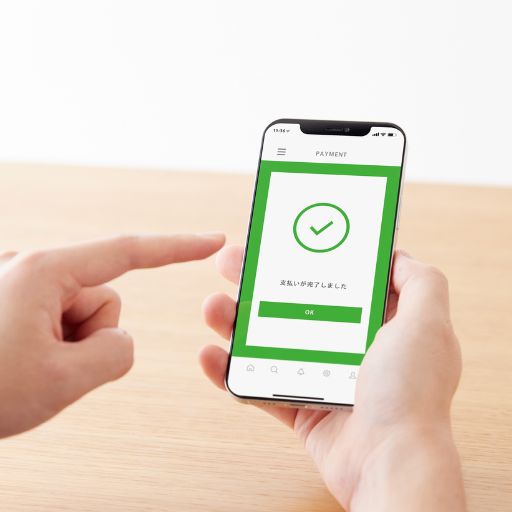
Many older or compact smartphones feature screens around 4 inches in diagonal length. While today’s devices have gotten much larger, the 4-inch screen was once considered the perfect balance—large enough for texting comfortably but small enough to use one-handed. It’s still a useful way to imagine what four inches looks like, especially since nearly everyone owns or has seen a phone of that size.
2. Business Envelope Width
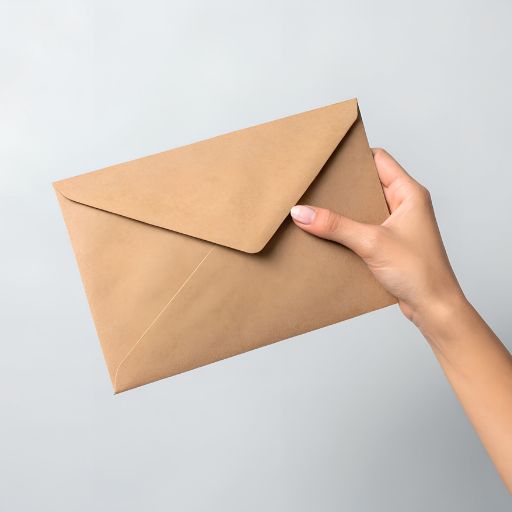
A typical business envelope (the standard #10 size) is about 4 inches tall from top to bottom. If you’ve ever mailed a letter, you’ve already held something that gives you a clear sense of four inches. It’s also a perfect real-world example of this measurement used in design—compact yet spacious enough for folded paper and inserts.
3. Playing Card Height
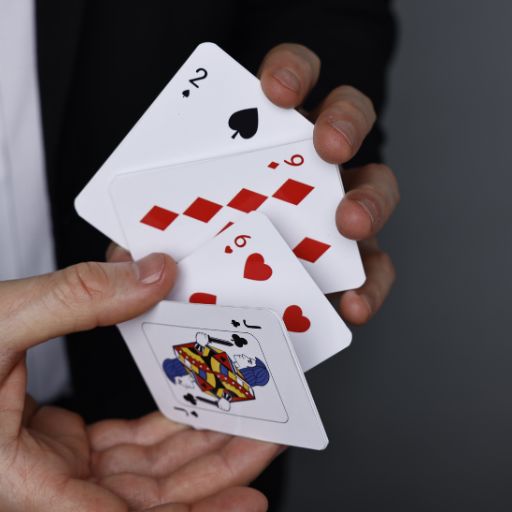
A standard playing card measures approximately 3.5 inches tall, which is just a touch under 4 inches. If you’ve ever shuffled a deck or fanned out a few cards, you’ve handled something extremely close to this length. It’s a tactile and visual way to estimate four inches without a ruler.
4. Average Teaspoon
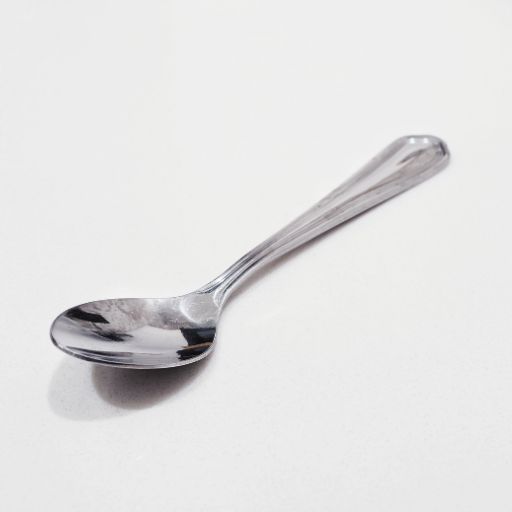
The handle of an average household teaspoon measures about 4 inches long. That’s not counting the bowl of the spoon—just the handle itself. When you’re stirring coffee or tea, that little utensil gives you a solid, everyday feel for how long four inches really is.
5. Standard Coaster Diameter
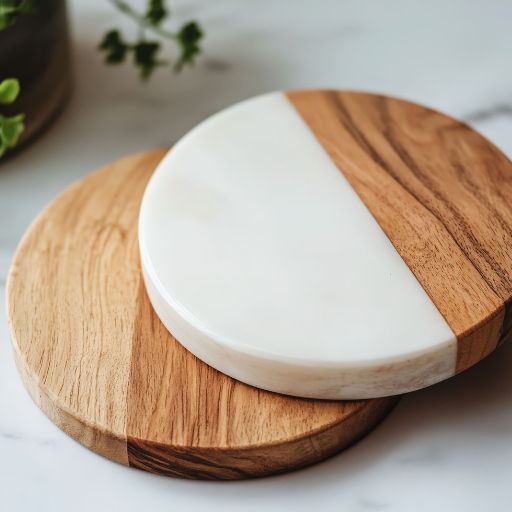
Many drink coasters used for mugs or glasses are about 4 inches across. If you’ve got one on your coffee table right now, take a look—it’s a perfect circular example of a 4-inch object. The size is practical: large enough to catch drips, small enough not to clutter the table.
6. Average Candle
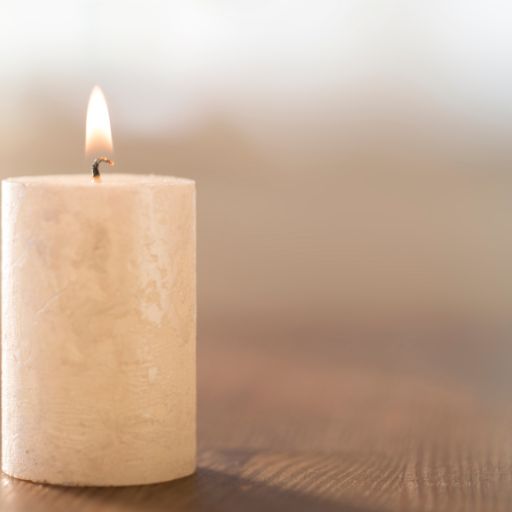
Those small decorative candles often found in jars or tins tend to measure around 4 inches tall. It’s a pleasing, compact height that offers a few hours of burn time and fits perfectly on nightstands or shelves. If you enjoy candles, you’ve probably already seen this measurement dozens of times without realizing it.
7. Index Card Width (Larger Version)
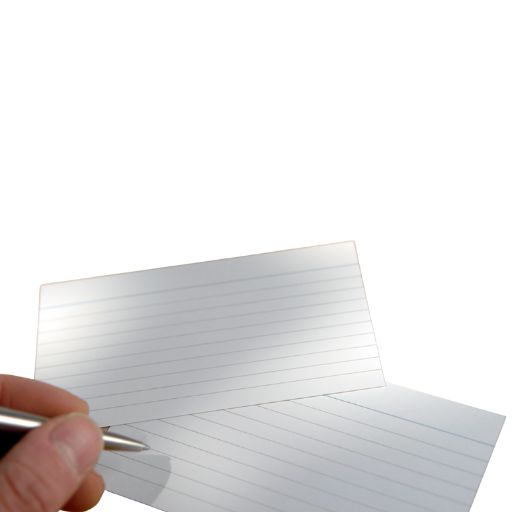
While smaller index cards are 3×5 inches, some note cards used in schools and offices come in 4×6-inch sizes. The shorter side measures exactly four inches, giving you a handy rectangular shape to visualize. These cards are perfect for recipes, flashcards, and journaling.
8. Tube of Lipstick
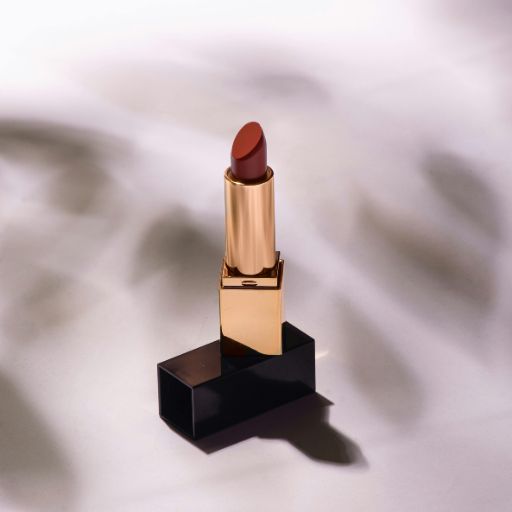
A typical lipstick tube stands about 3.5 to 4 inches tall, depending on the brand. It’s one of those items you handle daily without realizing it’s a built-in size guide. Compact, elegant, and perfectly portable—this common beauty product makes for a simple way to visualize four inches.
9. Deck of Cards Length
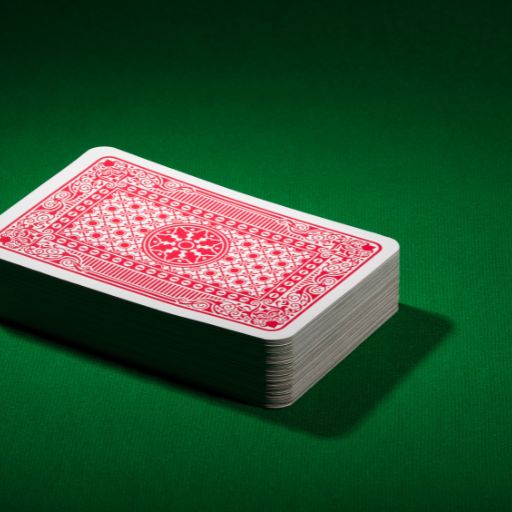
A standard deck of playing cards measures about 3.5 to 3.6 inches long from top to bottom, which is very close to four inches. When you hold a deck in your hand or lay it flat, its overall length offers a solid reference for estimating four inches. This makes it a handy example for visualizing the measurement, especially during games or craft projects.
10. Standard Light Bulb
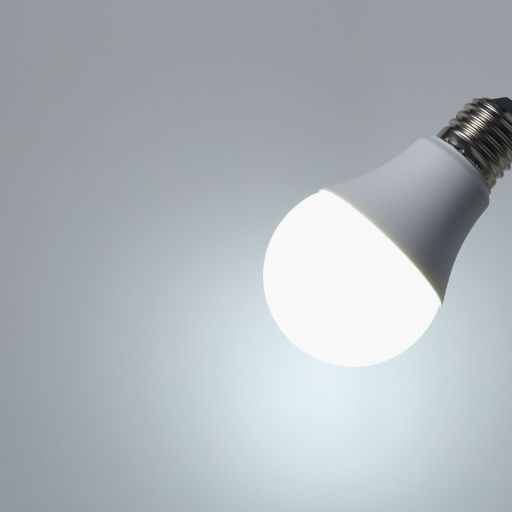
An average light bulb, from base to tip, is usually about 4 inches long. Hold one in your hand, and you’ll notice how that compact length manages to contain both the filament and the screw base—a perfect marriage of form and function. It’s another household item that subtly teaches us scale.
11. Small Ruler or Measuring Tape Segment
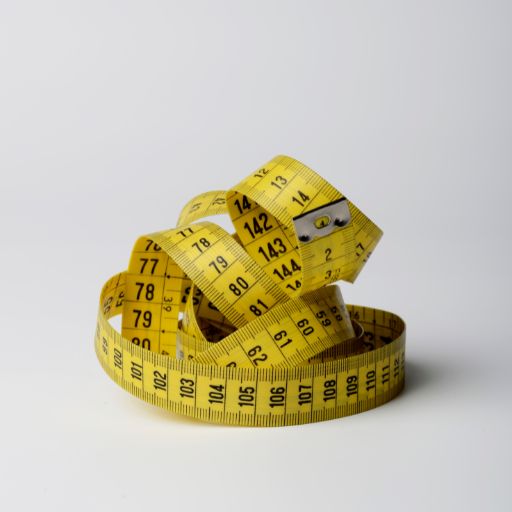
Most retractable measuring tapes include easy-to-see markings every inch, and if you look closely, four inches takes up only a short segment. Some pocket rulers or sewing gauges are exactly 4 inches long. These little tools are often used for craft projects, tailoring, or small home repairs where larger rulers aren’t convenient.
12. Average Credit Card Height
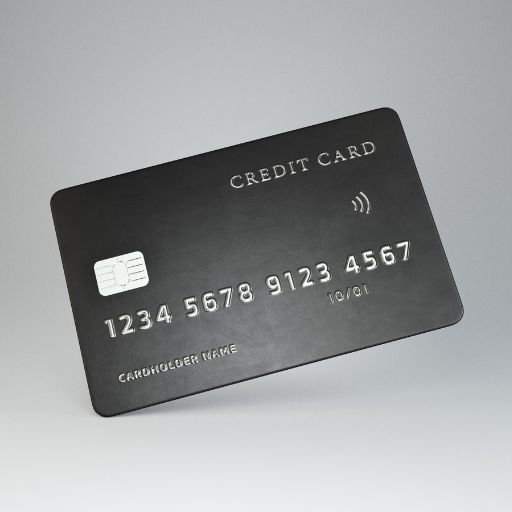
Most credit and debit cards are 3.37 inches tall, which is almost identical to four inches—close enough that your brain can use it as a quick visual comparison. The next time you pull out a card at the store, look at its height—that’s your instant “mental ruler” for estimating around 4 inches.
Everyday Scenarios Where 4 Inches Matters
You might be surprised how often this modest length plays a role in daily tasks. In home improvement, screws, nails, and bolts are often measured in inches, and a 4-inch screw is common for anchoring shelves or furniture. In gardening, a 4-inch plant pot is standard for starter herbs and small flowers. Even in baking, cookie cutters or dough pieces often measure about 4 inches across—just right for medium-sized treats.
Crafters and DIY enthusiasts also rely on this dimension regularly. Whether it’s cutting fabric, shaping clay, or trimming materials, visualizing four inches helps ensure consistency and symmetry. And in tech and design, 4-inch components—like wires or hardware—often strike a balance between functionality and manageability.
Simple Tricks to Visualize 4 Inches
Tip: On screens, CSS “inches” are logical units (1 in = 96 px).
For true physical inches, print this page at 100 % scale (no “fit to page”).
If you want to develop an intuitive feel for what four inches looks like, here are some quick tricks:
- The width of most smartphones or small notepads is roughly 4 inches.
- The height of a standard coffee mug is about the same.
- Your hand from the base of your thumb to the tip of your pinky (when slightly spread) is usually around 4 inches wide.
- Two side-by-side golf balls add up to just about four inches in total length.
Practicing with common objects like these helps you make accurate guesses without needing a measuring tool.
Why It Helps to Know Small Measurements
Understanding small-scale dimensions like 4 inches may seem trivial, but it’s surprisingly useful. In crafts, home repairs, or even shopping online, being able to visualize an item’s real size can save you from disappointment later. A quick mental picture can help you choose the right accessories, tools, or containers without second-guessing.
Even beyond practicality, there’s something satisfying about developing spatial awareness. It sharpens your eye for design, proportion, and balance. Whether you’re hanging artwork or slicing vegetables, being comfortable with measurements makes your everyday tasks smoother and more precise.
Final Thoughts
Four inches may seem like a tiny span, but it’s one of those measurements that quietly shapes your world—from the spoon in your kitchen to the candle on your nightstand. Once you start noticing it, you’ll see just how often it appears in daily life. It’s small, versatile, and surprisingly memorable once you have a few mental references to go by.
So the next time you hear “four inches,” picture your favorite mug, a playing card, or that handy teaspoon from your drawer. Suddenly, it’s not an abstract number—it’s something familiar and practical, right within reach.
Still curious about size comparisons? Continue the fun with our next post — 12 popular things that are 5 inches long, where we explore slightly larger items and show how small differences in length can make everyday objects feel surprisingly different.